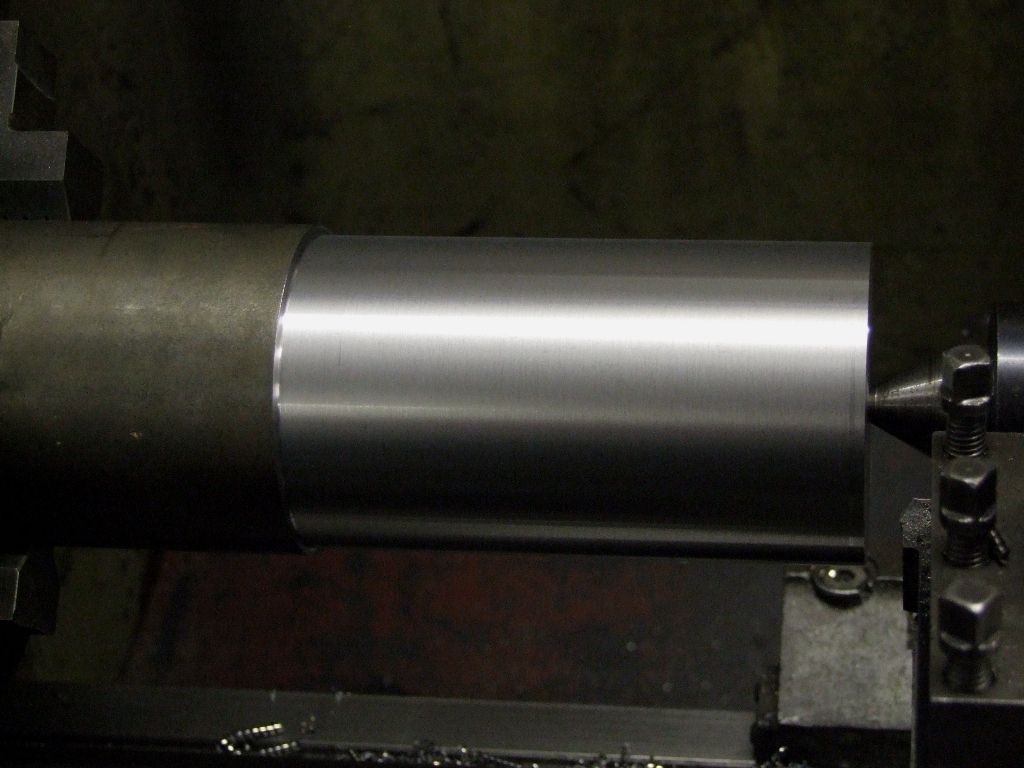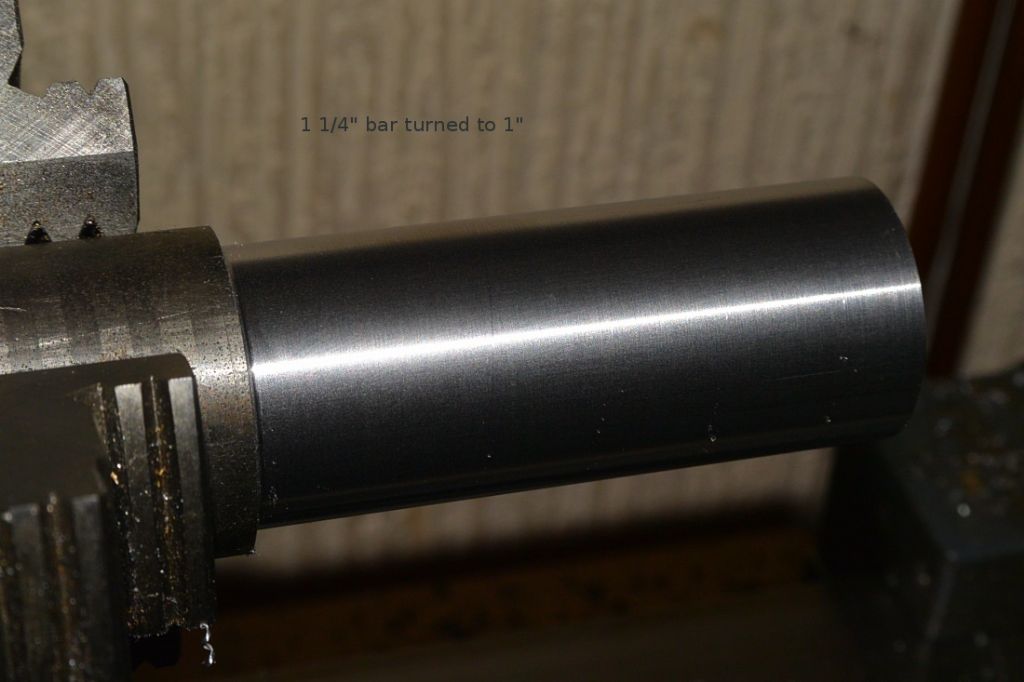Depends on lots of things, including what lathe you are working on, which you have not told us.
The rough finish could be due to the "bird's nest" bundled up on top of the tool bit rubbing on the job and roughing up the surface after it has been cut by the tool.
Or it could be that the tip broke off the tool bit and so the finish went bad. Inspect the tool tip with a magnifying glass to see if it is still good, or try a new tip.
Or it could be a bit of metal welded onto the tool tip that is causing a bad finish. Again, inspect with a glass or try another tip.
More generally, try running at a higher speed with carbide tooling. Slow speeds and light feeds and light cuts tend to tear the points off the bits. On a "full sized" lathe, the rule of thumb is to get the swarf coming off so it turns blue after leaving the tool bit. Red hot and sparks means RPM is too high, normal steel color means not really fast enough.
Of course on a smaller "hobby lathe" you will not necessarily have the rigidity of machine to do the above so you have to play with the speeds and feeds to get a good result with out stalling the machine, slipping belts, chattering etc.
2mm DOC should be fine, unless you have a mini lathe in which case a bit less might be needed? Plenty on here who use carbide on their mini lathes can advise you on that, if you have a mini lathe.
PS, and watch those long spirals of swarf, they can flick around and catch sleeves, eyes, loose tools and all sorts before you know it. If you up the feed rate or change the angle the tool is set at, you should be able to get it to produce nice short curled chips that are much easier to deal with and don't make those "bird's nests" you found.
Edited By Hopper on 13/07/2016 06:07:27
Robin Graham.




 Maybe I should add that the chuck marks aren't down to the work slipping – down to me rotating it as I close the jaws up. I like things to run as true as they can.
Maybe I should add that the chuck marks aren't down to the work slipping – down to me rotating it as I close the jaws up. I like things to run as true as they can.

